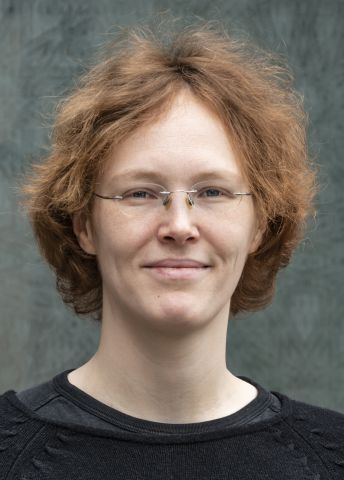
Program for mathematics 2019
Grant to recruit an international researcher
for a postdoctoral position
Dr. Julia Brandes
Chalmers University of Technology and the University of Gothenburg.
Grant to recruit an international researcher
for a postdoctoral position
Dr. Julia Brandes
Chalmers University of Technology and the University of Gothenburg.
New solutions to ancient problems
Dr. Julia Brandes will receive funding from the Knut and Alice Wallenberg Foundation to recruit an international researcher for a postdoctoral position at the Department of Mathematical Sciences, Chalmers University of Technology and the University of Gothenburg.
Is it possible to determine whether a given polynomial equation in several variables has integer solutions? How many such solutions are there? These questions were already asked in Antiquity, by the Greek mathematician Diophantus of Alexandria. Since then, Diophantine equations have been studied by numerous famous mathematicians and some of mathematics’ most important areas have sprung from attempts to solve them.
In cases with infinitely many solutions, a method called the circle method was developed almost a century ago; it uses harmonic analysis to estimate the density of these solutions. In the past ten years, this method has been refined to estimate the number of integer solutions for certain equation systems much more precisely than was previously possible. While the circle method previously only worked well for polynomials of low degree, it now provides very precise estimates also for certain classes of equations of arbitrary degree.
In her project, Julia Brandes plans to utilize the improved precision of the circle method to study the number of integer solutions that fulfill certain extra conditions. Two cases are of particular interest. The first is equation systems where the variables are in widely differing ranges – some variables are large, while others are small. In the second case, the project deals with equations where the solutions are special numbers which, if they are written in a number system with a specific prime base p, lack some digits. Such numbers are of interest because they have a strange but regular fractal structure. By utilizing this special structure, the expectation is that it will be possible to predict how many such solutions there are.